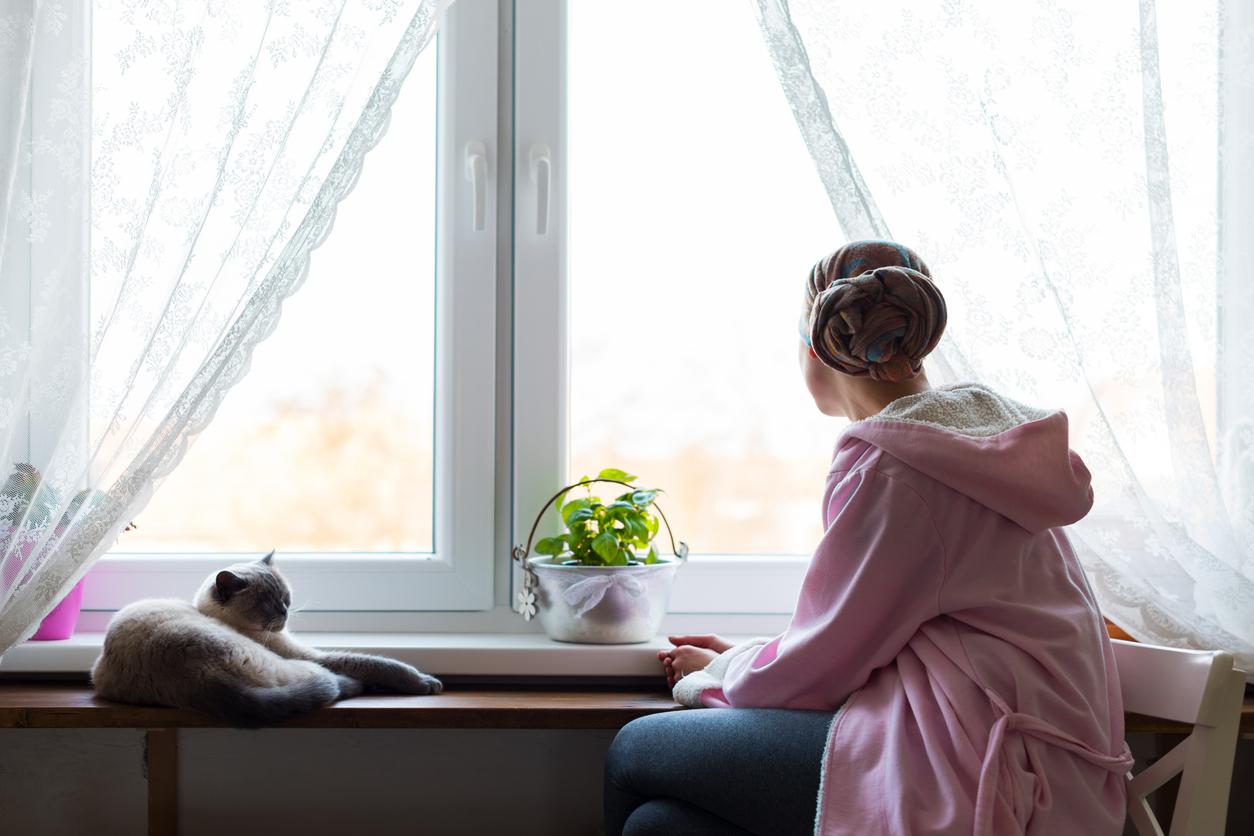Too cute to see a baby start to follow with its eyes the little rattle being waved in front of him! But when the eyes do not move identically, it may be a strabismus. This ocular deviation, which affects 2 to 3% of children, should not be considered a trivial aesthetic anomaly. “In 2 out of 3 cases, it is accompanied by a decrease in vision which can be corrected. As long as you intervene early enough, ”explains Prof. Alain Péchereau, rapporteur for an update on the subject presented during the congress of the French Ophthalmology Society.
Strabismus: several forms are possible
The deviation of the eye can be inward (convergent strabismus) or outward (divergent strabismus). There are hereditary forms, but no gene for this disease has been isolated.
To make the diagnosis, an eye exam, preferably carried out by a specialist who is used to seeing children, is necessary. It involves an examination of the fundus, requiring the pupil to be dilated beforehand with drops. This is sometimes done during a second consultation. At this age, the main risk of strabismus is the reduced vision of the eye which diverges, because it works less. Indeed, the capacities of an eye which stops working sufficiently atrophy little by little. This loss of vision is called amblyopia. If nothing is done before the age of 12 months, it is very difficult to go back.
Strabismus: glasses with a cover
When there is a decrease in vision, the basis of treatment is the temporary occlusion of the good eye to force the other to work. It is made by a cover on one of the spectacle lenses. The child wears it for a few hours a day. Orthoptic rehabilitation should follow for several years.
On the other hand, no rehabilitation has demonstrated its interest in permanent strabismus without loss of vision. You just have to take care to correct any hyperopia with glasses. Because this disorder requires of the eye a more or less permanent accommodation (effort of the eyes to see clearly) which reinforces the strabismus. If a deviation persists at the age of 4 or 5, then an operation is proposed. It consists in acting on the muscles which intervene in the movements of the eye (one weakens on one side, one strengthens on the other). But the early management of strabismus has significantly reduced the number of interventions.
















